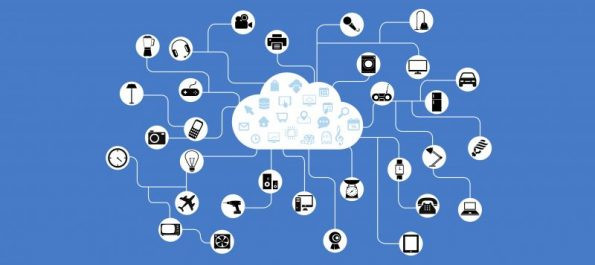An Overview of IoT Data Scraping
Do you believe that every smart device you own and is connected to the internet gathers data about you? You might wonder how this is possible. Well, it is simple! The Internet of Things (IoT) made it possible. But what is the Internet of Things?
The Internet of Things, otherwise known as IoT, has brought enormous growth into the world of technology. The advancement has taken us ahead of our time, making the impossible possible. IoT is a straightforward concept to understand. The term refers to the connection of all physical devices around us to automated intelligence. IoT simply turns every object into a smart device.
The internet is full of different information such as analytics, big data, content, software data, and many more. Most businesses around the world rely on such info to make meaningful decisions.
Gathering information and analyzing it can be a daunting task for most data scientists. It’s the reason why most data scientists scrape data from many online sources via what is called web scraping. Web scraping is simply the extracting and gathering of information online from various online sources. You can also call it web data extraction or screen scraping.
However, various sites use blocking techniques to make it difficult for you to scrape their website. One of the primary tools to help with scraping are datacenter proxies. A proxy server is like a middle-man between two devices. There are many types of proxies available, but if you want to gather the most accurate information available online, you need to make use of a fast datacenter proxy. With datacenter proxies it’s fairly easy to hide your IP as these come from datacenters and are not associated with any ISP.
Types of Data that IoT devices Gather
As mentioned, IoT turns objects into smart devices that can be used to extract info from various online sources. This section discusses the type of data collected by these devices.
Automated Data
It’s a type of IoT info that can help to control the things in the house, cars, or vehicles on the road, and other moveable parts of any object. The information collected via automation is complex to process, and the effect of errors is extremely high – it can lead to traffic accidents and accidental lockdown.
Status Data
One of the common types of IoT data is status data. It is essential info collected by these devices. Whether a device is on or off, they still gather this information. The status data is helpful for maintenance, planning, and decision-making.
Actionable Data
Actionable data is an extension of status data. Here, the system will process the data and transform it into easy-to-understand instructions. You can use this type of info to forecast and predict the future. It can also be used for long-term decision-making and work efficiency, and energy consumption optimization.
Location Data
Another important benefit of IoT sensors and devices is tracking the movement of a person or an object. Location data enables systems to track assets, monitor employees, manage fleets, and perform other management tasks. IoT data offers better tracking than GPS. It’s the reason why most businesses use motion sensors rather than GPS.
Innocent Devices and the Data they Collect
Several devices gather IoT data from various online sources even without your knowledge. The reality is that even devices like writing pads, fitness watches, etc., that you don’t expect also gather info.
Smart Home Devices
Smart devices that you use in your home gather a vast amount of information about you and your home. Your smart locks know when a person enters your house, and smart doorbells can capture your face.
Aside from that, your Smart TVs can also detect the type of programs you’d like to watch, and some smart speakers can identify what you’re interested in. In some cases, these smart devices can also collect info when they are not in use. For instance, they can gather your wireless information and send it to the manufacturer to make your device even smarter.
Smart Watches and Other Wearables
Smartwatches and other wearables also collect info about your health and other medical information. These wearables can sell the information collected by these devices to companies, like Insurance providers.
One of the smart wearables that can collect data about you is the smart jacket powered by Google. The jacket can connect with your smartphone, helping you pick up calls when you’re unable to.
Writing or Drawing Pads
Writing pads are also smart IoT devices that can gather information about the user. Drawing or writing pads like Wacom devices will connect directly to your desktop or laptop computer, and it allows the user to write or draw, create sketches on your computer.
However, some researchers say that these drawing pads can still be a risk to security and privacy. For instance, while using the Wacom drawing pad on your computer system, the drivers will monitor the name of all the applications that you open while the device is active. Drawing pads like the Wacom devices can send the data gathered to Google Analytics.
Conclusion
The internet of things is one of the greatest advancements in the area of technology. This phenomenon has turned every object into a smart device, making it possible for these devices to gather information from various online sources. So every device you use is gathering information about you and collects info in bulk from web scrapers. While the Internet of Things is a great innovation, it might not be for people that value privacy.
Follow Technoroll for more!





